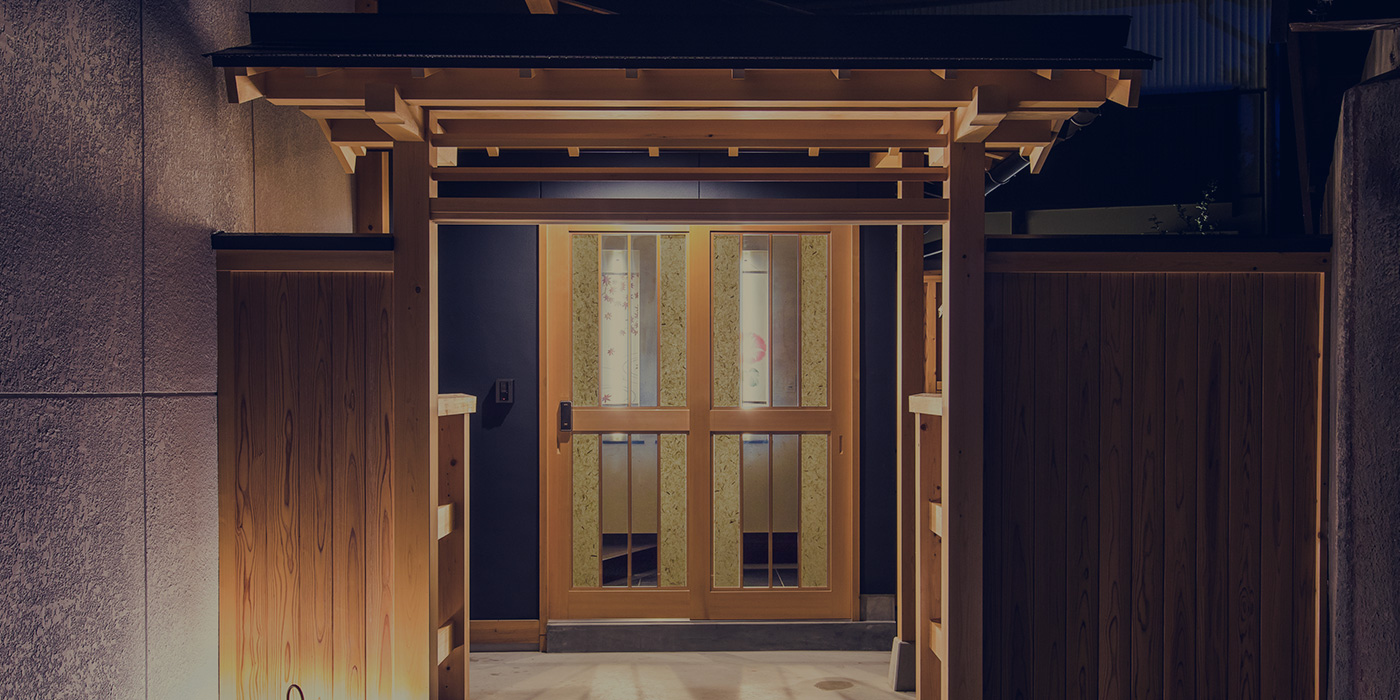

“Manabi” in Japanese implies many aspects.
First, “Manabi” can be translated into “learning.” We invite our guests to explore the surrounding neighborhoods and to learn the local culture, traditions, festivals and events. Located in a cozy neighborhood in the heart of Hida Takayama, you can immerse yourself in the local vibe and style of living.
Another aspect of Manabi-stay is to learn together with “nakaMa,” your friends and family. Our guest house is designed for friends and family to gather together and foster bonds in a relaxing atmosphere.
Lastly, the “Ma” of Manabi-stay translates into “space.” We provide a tranquil space for you to escape the constantly busy everyday world and to embrace calm and restore your mind and body.
Our guest house welcomes everyone from around the world to learn, nurture bonds, and to replenish the mind and body.
Manabi-stay

Manabi-stay Takayama is located in the heart of the Hida-Takayama downtown area, and is within walking distance to most of the major sightseeing destinations including the Old Town, morning market, and Takayama station. The building is newly renovated and is designed for you to enjoy an authentic Japanese local lifestyle in a comfortable setting. Please enjoy your stay at Manabi-stay as your home in Takayama.


Located in northern Gifu Prefecture in the heart of the Japan Alps, Hida Takayama was settled as far back as the Jomon period (14,000-300 BCE). During the Sengoku period (Age of the warring states, 1467-1600AD), Kanamori Nagachika, a feudal lord who served as a retainer to Oda Nobunaga, entered Hida. In 1588 he started to construct his castle in the current location of Shiroyama Park, and began to organize a town around the castle, becoming the first ruler of the Kanamori Clan. Kanamori constructed roads stretching out in all directions from the castle, leading the town of Takayama to function as the center of government and economy. Situated deep in the mountains, the people of Hida Takayama have always co-existed and have had a deep relationship with the mountains, and temples and shrines were placed surrounding the town, reflecting the mountain worship of the people.
The foundations of the current town of Hida Takayama were created by the initiatives of Kanamori, and the divisions and roads in the center of Takayama are almost exactly the same as they were 420 years ago.
After six generations of rule by the Kanamori clan, Hida came under direct rule of the Tokugawa Shogunate from 1692, and a magistrate’s office, Jinya, was placed in Hida Takayama.
The direct ruling by the Edo Shogunate lasted for 177 years until 1868 when the Meiji government came into power. Takayama Town, which later became Takayama City, was established in 1875.
Hida Takayama formally launched an effort to promote itself as a tourist destination for overseas visitors in 1986 under the government’s inbound tourism policies. The town pursued a range of initiatives, among them providing all the signages around town in English. In a city with a population of 90,000 people, it has welcomed 460,000 foreign visitors in 2016 alone. The entire town from the officials at the municipal government to the farmers at the morning market have a good understanding of inbound tourism, and the people of Hida Takayama are genuinely friendly and welcoming of tourists, making the city an incomparably attractive destination from people around the world.
Premiere location – Takayama Station and the Old Town are a 5-7minute walk.
5-76, Nadamachi, Takayama-shi, Gifu-ken 506-0021 Japan

Latest Updates from Instagram